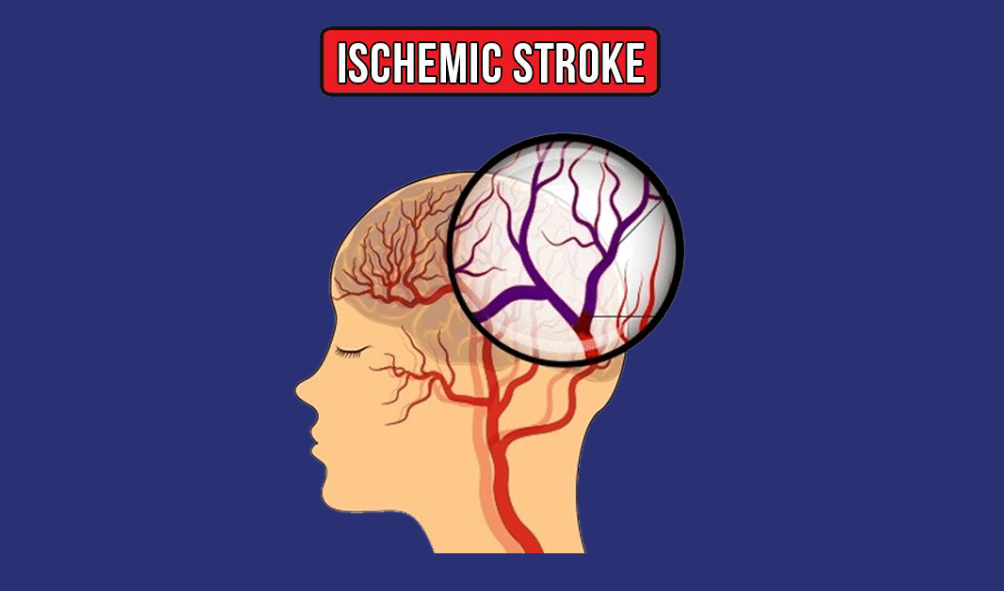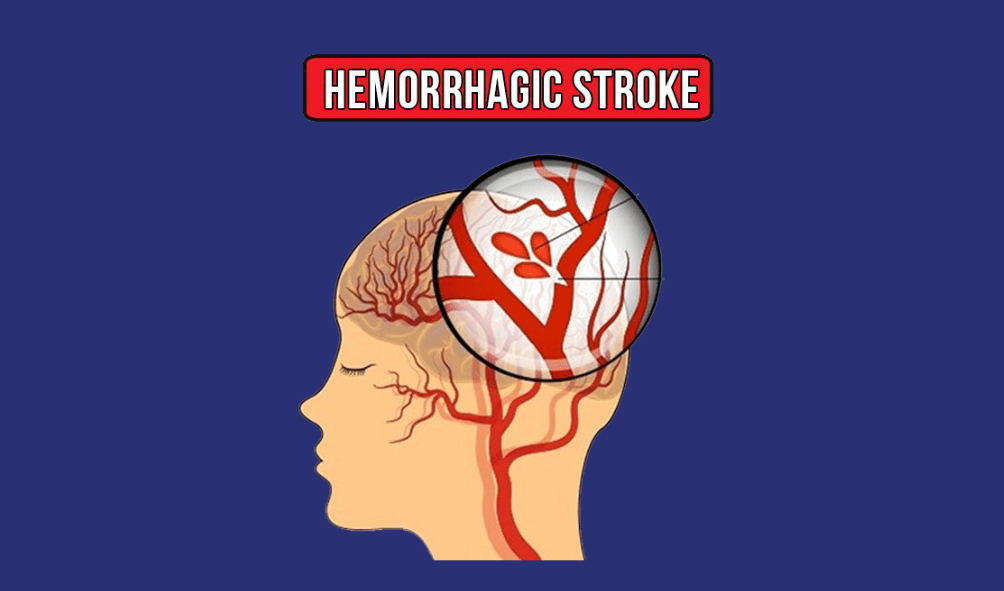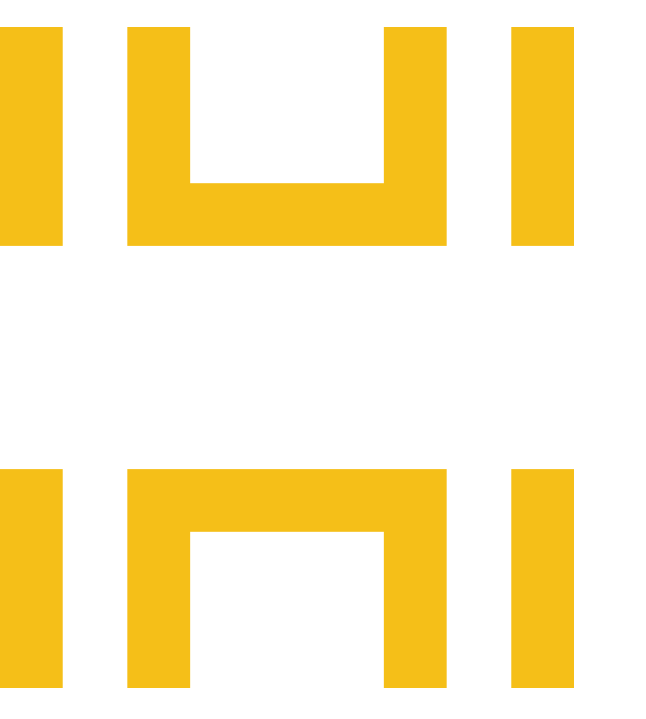
The Key To Stroke Diagnosis And Treatment
Stroke, often referred to as a “brain attack,” happens when the blood vessel that carries nutrients and oxygen to the brain gets blocked due to sudden ruptures or clots. This causes a depletion in the vital oxygen supply. Consequently, the brain cells die and cripple the functions controlled by the brain. The severity of damage depends on the stroke’s severity and the location of the brain injury. Whatever the stage of severity, for a person to recover and reclaim life, rehabilitation is a blessing and the key to better stroke diagnosis and treatment!


